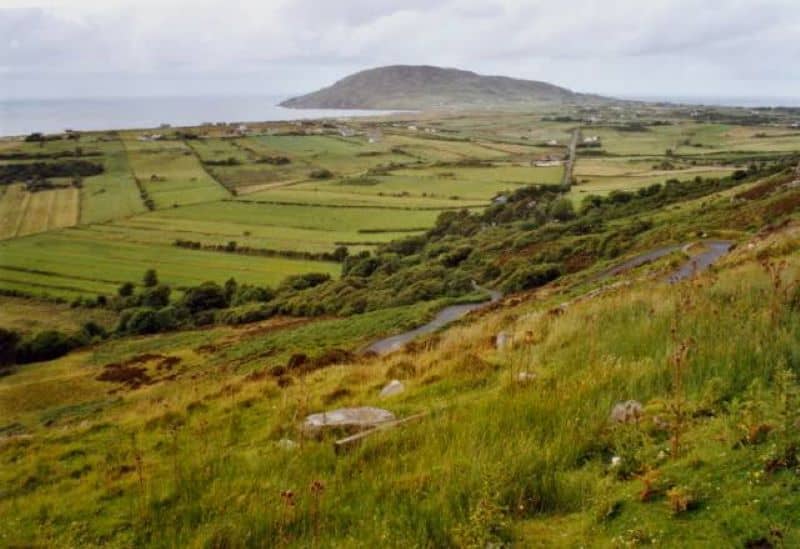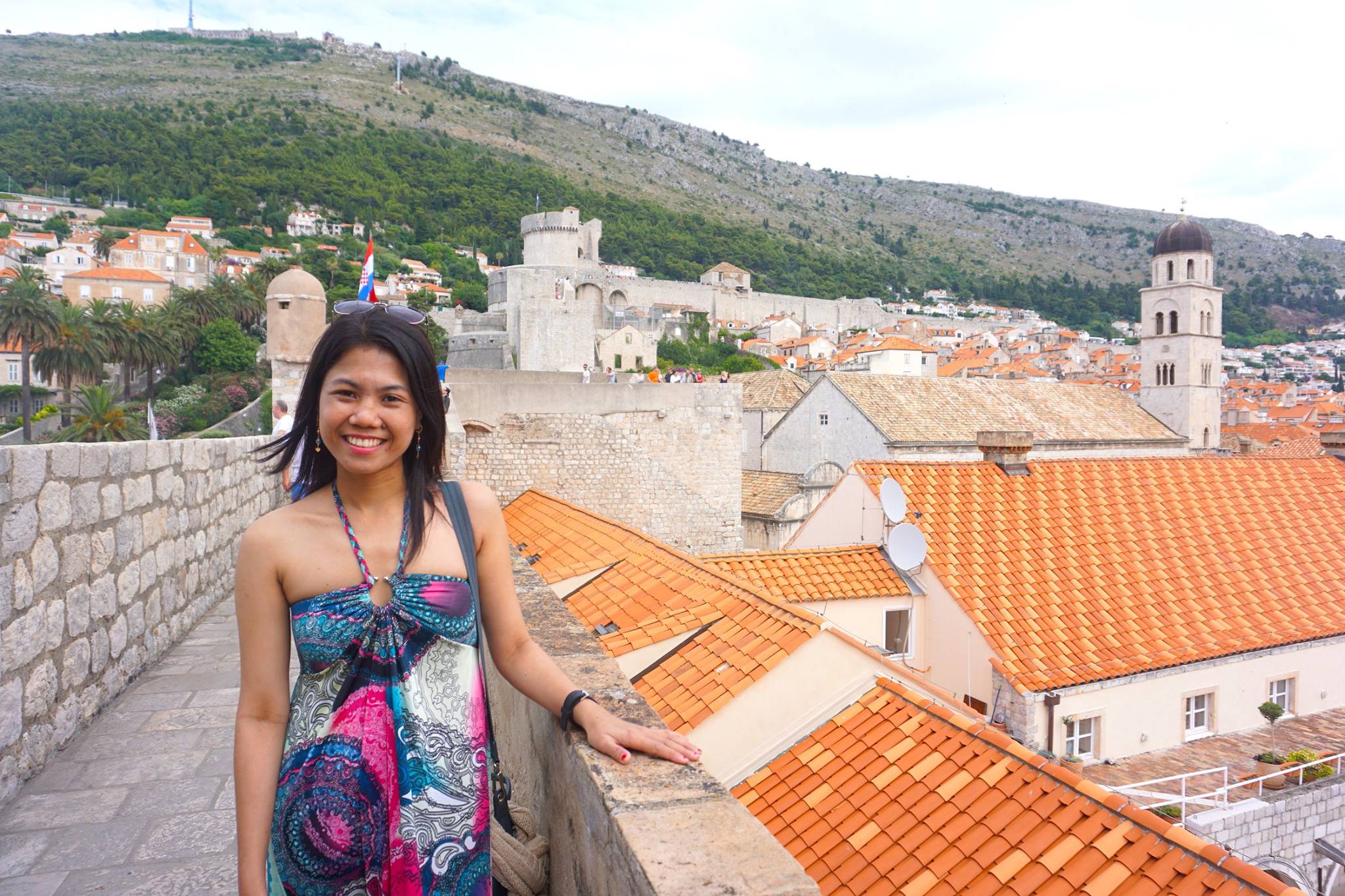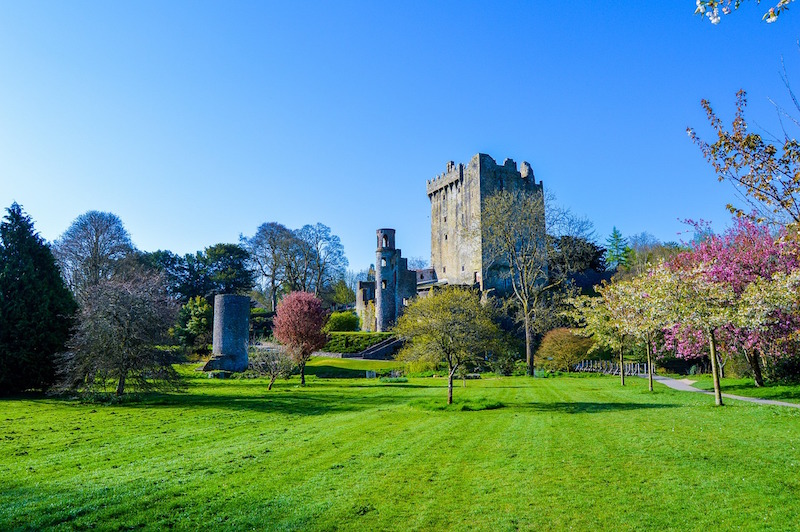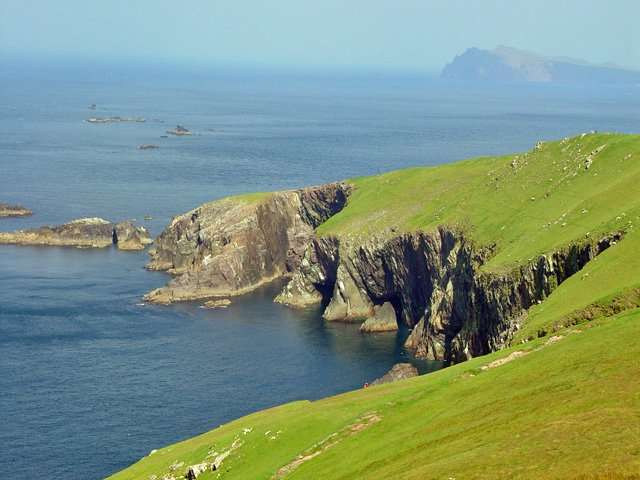Ireland is frequently referred to as the “Emerald Isle,” which accurately describes what to expect when visiting this island country in the Atlantic. Both the gem and the colour emerald are associated with Ireland’s geography, literary legacy, and even spirituality.
Ireland does not have emerald mines, nor does its lyrical moniker refer exclusively to its lush scenery. Emerald is also not the shade of green associated with St. Patrick’s Day. As varied and fascinating as its long history, Ireland earned the title “Emerald Isle” for several reasons. Let’s have a closer look at each of them.
Things you'll find in this article
Why Ireland Is Called The Emerald Isle?
1. Ireland is Literally A Green Island

The Johnny Cash song “40 Shades of Green” is widely known to have been inspired by the beauty of the Irish countryside and its rolling green hills.
However, given the variety of scenery, this feels like an understatement. There are farms and national parks all over the Irish countryside, which is characterized by some of the world’s greenest hills in nearly every county. And with the island’s frequent and heavy rains, it is lush and green throughout.
Travelling through rural Ireland on a car will take you through miles of lush greenery punctuated by countless castles, monastic sites, ancient ruins, colourful homes, seasonal flowers, and even sheep.
The land as a whole is a jewel unto itself. It doesn’t matter if you don’t see everything in emerald green; the nickname “Emerald Isle” accurately describes Ireland.
However, the forty shades of greenery are not the only reason why and how Ireland got that nickname.
2. William Drennan and “When Erin First Rose”
There’s more to the “Emerald Isle” narrative than meets the eye, and it all begins with a fascinating character.
In a poem titled “When Erin First Rose,” Belfast-born William Drennan used the term “Emerald Isle” for the first time to describe Ireland.
A political activist, physician and poet, Drennan helped create the Society of United Irishmen and was a member of the Irish Parliament.
Drennan established practice in obstetrics in 11778, with hand-washing and vaccinations against smallpox among his simple but successful procedures that he advocated for as a medical innovator.
He began writing creative and political works in the early 1780s and became well-known for his support of Catholic emancipation and civil rights.
When he and his brother-in-law Sam McTier came up with the idea for the Society of United Irishmen in 1791, he relocated to Dublin.
However, by 1798, he had separated himself from society due to a shift in emphasis toward insurrection and violent upheaval.
Drennan wrote, “When Erin First Rose” in 1795. Here is the first appearance of the phrase “the Emerald Isle” in a stanza:
Alas! for poor Erin that some are still seen,
Who would dye the grass red from their hatred to green;
Yet, oh! when you’re up, and they’re down, let them live,
Then yield them that mercy which they would not give.
Arm of Erin, be strong! but be gentle as brave;
And uplifted to strike, be still ready to save;
Let no feeling of vengeance presume to defile
The cause of, or men of, the Emerald Isle.
Despite the poem’s obvious allusion to Ireland’s lush countryside, it was written in response to the country’s ongoing uprising and political unrest. Drennan disapproves of violence or force as a means of resolving these problems and of enabling hatred to turn green meadows blood-red.
In 1807, Dr. Drennan and his wife Sarah Swanwick returned to his hometown of Belfast.
There, he started the Belfast Monthly Magazine and became active in the Belfast Academical Institution, one of the first attempts at training Protestants and Catholics together for secondary and higher-level education.
At his death in 1820, Drennan’s coffin was carried by three Protestants and three Catholics as a final symbolic act.
3. The Role of Emeralds in Irish Spirituality
Ancient Irish people placed a high value on spirituality as a means of self-preservation and coping with the harsh conditions of their environment. They relied on their faith in a higher power since it was the only thing they had.
But what was the connection between their spirituality and the Emerald Isle nickname? We must understand how emeralds were viewed in other cultures before we can understand why they were so important to ancient Irish culture.
Emeralds are not native to Ireland, but it was important for various civilizations, from Persians to Romans (where it was said to cure poor eyesight) to Egyptians (where emeralds are sacred) to the Greeks.
The emerald was valued for its medicinal properties, as well as mystical characteristics, even going considering it as a lucky charm.
The vivid green colour helps explain why emeralds and Ireland’s landscapes go hand in hand. Since their discovery, emeralds have retained a special significance. Wearing them was supposed to make people sharper, stronger and prosperous.
Like the Blarney Stone in Cork, Ireland, travellers and locals alike travel long distances to kiss the “magic stone” at Blarney Castle. Even though it isn’t an emerald, this stone serves as a good example of the ancient Irish people’s reverence for stones.
4. Ireland As A Sparkling Green (Emerald) Jewel
With all the reasons previously mentioned, the idea of Ireland as an emerald was born, and it has endured ever since. “Emerald” taverns, bands, and cultural institutions can be found all around the world.
The gem is one of Ireland’s most well-known emblems, although the harp is utilized by the government and the shamrock is often featured in photographs.
Emeralds are uncommon in Irish jewellery, so green gemstones such as agate, tourmaline, and jade are frequently used in their place.
The term “emerald” is often used to describe a particular shade of vivid green.
However, the colour of an emerald can range from blue-green to golden-yellow. This reflects the 40 shades of green celebrated throughout Ireland.
Even if no real emeralds have been found in the Irish environment. the majority of Irish jewellery is made using green gemstones that resemble emeralds.
The poet, physician, and political activist William Drennan is credited with coining the phrase “emerald isle” in his 1795 poem When Erin First Rose, but the term grew on locals and tourists over time.
The name evolved from a type of lament for the bloodshed inflicted on the island by troops loyal to the British crown and the struggle for freedom and independence to a suitable tribute to the lovely country.
There appears to be no other title that adequately describes Ireland, from its gorgeous green scenery to its deeper spiritual and mystical aspect, loving people, unique culture, and a complicated yet inspirational past.
[adinserter name=”Block 1″]
Hi, I’m Christine – a full-time traveler and career woman. Although I’m from the Philippines, my location independent career took me to over 60 countries for the past 12 years. I also lived in 4 continents – from the Caribbean, South East Asia, Africa and now in Europe. But despite living in several countries, my love for Ireland remains the same. A country that had been a part of my life since I was 14 because of my love for Irish music and bands. Ireland Travel Guides was born because of this passion and hopefully, in some little ways, this website will be able to help you on your next trip to Ireland.


